What does it mean to “live inclusion” instead of simply “doing inclusion,” a distinction that author Nicole Eredics makes in the quote above? Schools live out their inclusive philosophy when every aspect of the learning environment, including the building design, furniture, and materials, is thoughtfully developed to welcome every student and meet each child’s individual learning needs. As Nicole Eredics further explains in her popular guidebook Inclusion in Action:
“Inclusive school spaces are a physical, tangible reflection of the belief system that the school community holds. Classrooms, libraries, auditoriums, and playgrounds are responsive to the students’ interests and needs by using a multitude of ways to physically facilitate feelings of inclusion and belonging. Inclusive spaces also promote opportunities for cognitive, social, emotional, and physical growth and are designed with the diverse cultures and languages of students in mind.”
In today’s post, we’re highlighting 26 quick tips from Inclusion in Action that can help schools create more inclusive spaces. See how many of these your school is already doing, and which ones you might want to implement or recommend.
In the classroom…
- Ensure that shelving is appropriate for student reach.
- Designate an area for class meetings and discussions.
- Create learning centers such as a book nook, science station, or writing retreat.
- Use masking tape to outline walkways and student seating.
- Supply materials for differentiated learning.
- Provide different types of lighting in the room.
- Group desks together to facilitate group interaction (when social distancing is not a factor).
- Provide large tables for cooperative group work.
- Post visual reminders, announcements, and lesson concepts.
- Communicate regularly with families.
In the front office…
- Post a welcome sign in different languages.
- Provide newsletters and community notices (translated if necessary) and post online.
- Post a school event board to notify staff and community of upcoming events.
- Display student artwork and projects.
- Post photos of school events.
- Notify the community of school awards and achievements.
- Have a morning greeting from the principal, a staff member, or a student.
- Have the daily bulletin read by students and post it online.
- Make birthday announcements.
In the library…
- Provide various print, audio, and visual materials.
- Ensure that technology is up to date and available.
- Offer a reading club that is open to all students.
- Have student assistants help with younger grades.
- Create a “reading buddies” program.
- Provide workspaces for group and/or individual projects.
- Ensure that shelving and books are accessible.
- Offer different types of seating and seating arrangements.
- Create silent reading areas.
- Provide different types of lighting.
On the playground…
- Ensure that pathways to and around the playground are accessible.
- Provide modified playground equipment.
- Make sports equipment available to students.
- Create an area for structured games.
- Provide a group seating area.
- Make use of a playground social coordinator who organizes games and activities for students.
- Create quiet areas for students to read or chat.
Want more tips and guidance from Nicole Eredics? Read this Q&A with her on the Brookes blog, get her tips on implementing accommodations and modifications (and how to tell the difference), and watch her coffee chat on Making Curriculum Modifications in Minutes. And check out her book Inclusion in Action, the widely used guide that teachers across the country love!
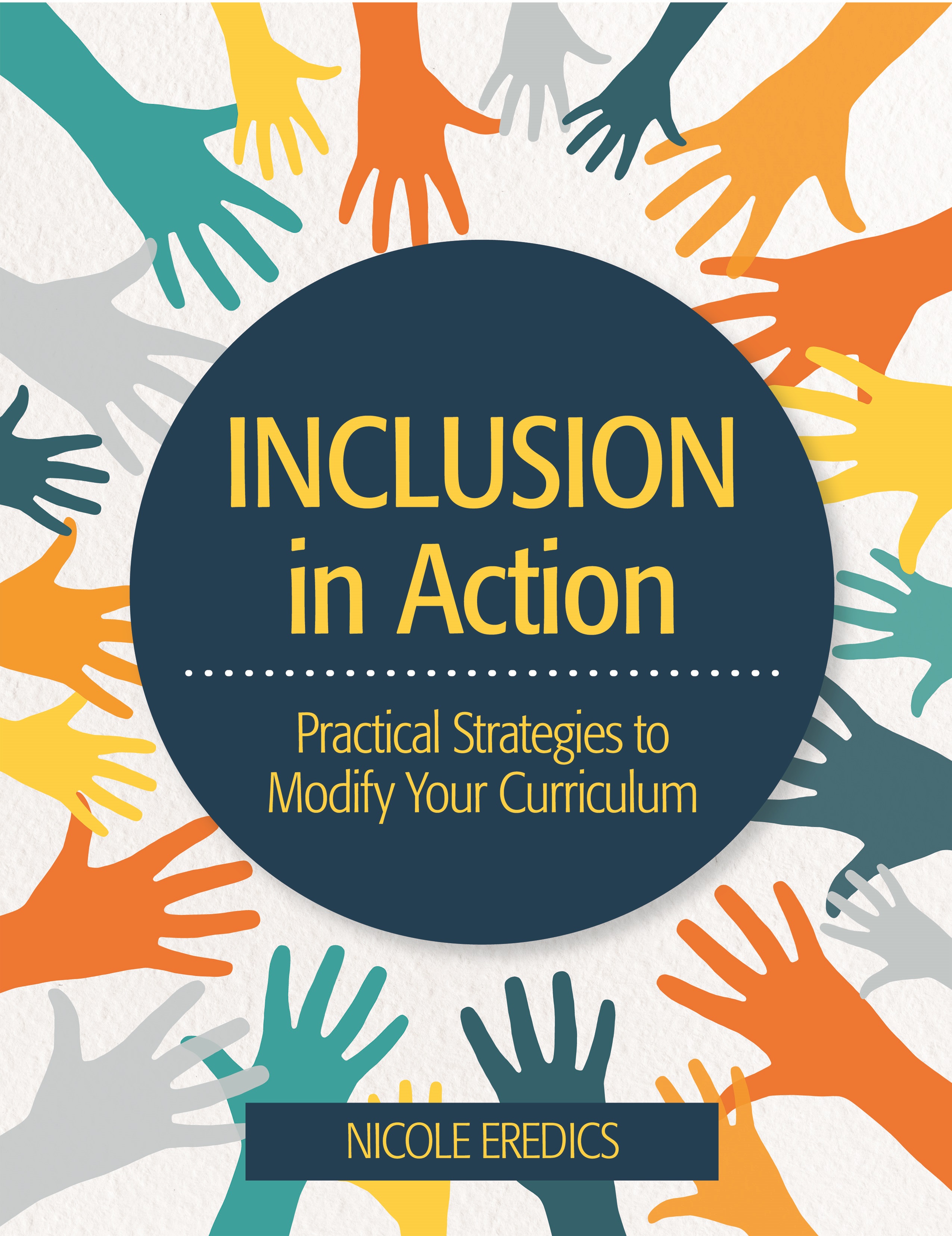
Inclusion in Action
Practical Strategies to Modify Your Curriculum
By Nicole Eredics, B.Ed.
Master the what and how of inclusion in this reader-friendly guidebook, which features 40 specific, teacher-tested strategies to modify your curriculum for students who work below grade level. Ready to use in your classroom right away, each strategy comes with student goals, simple step-by-step directions and implementation tips, suggested interventions and extensions, and samples of authentic student work that illustrate the strategy in action.
Stay up to date on the latest posts, news, strategies, and more!
Sign up for one of our FREE newslettersTopics
More posts like this
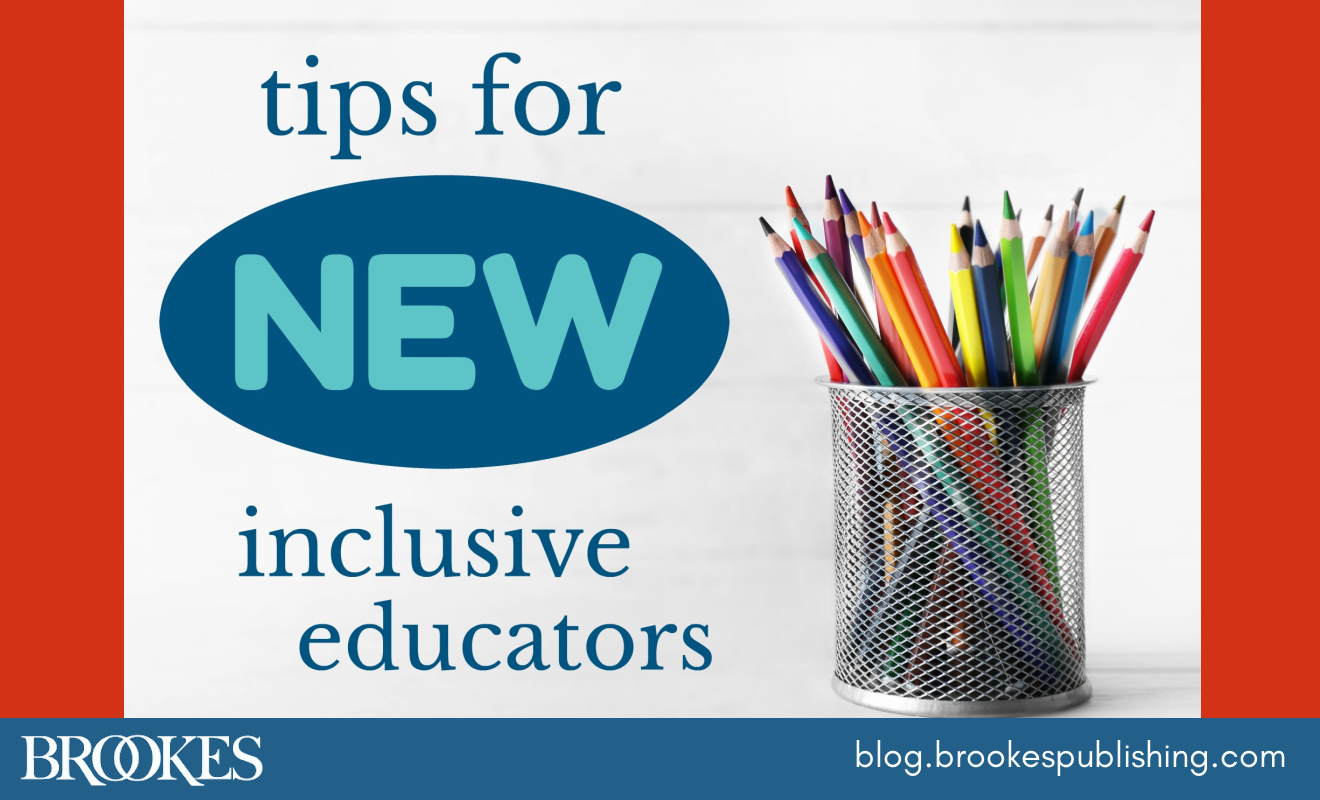
13 Things Every New Inclusive Educator Should Remember
August 3, 2021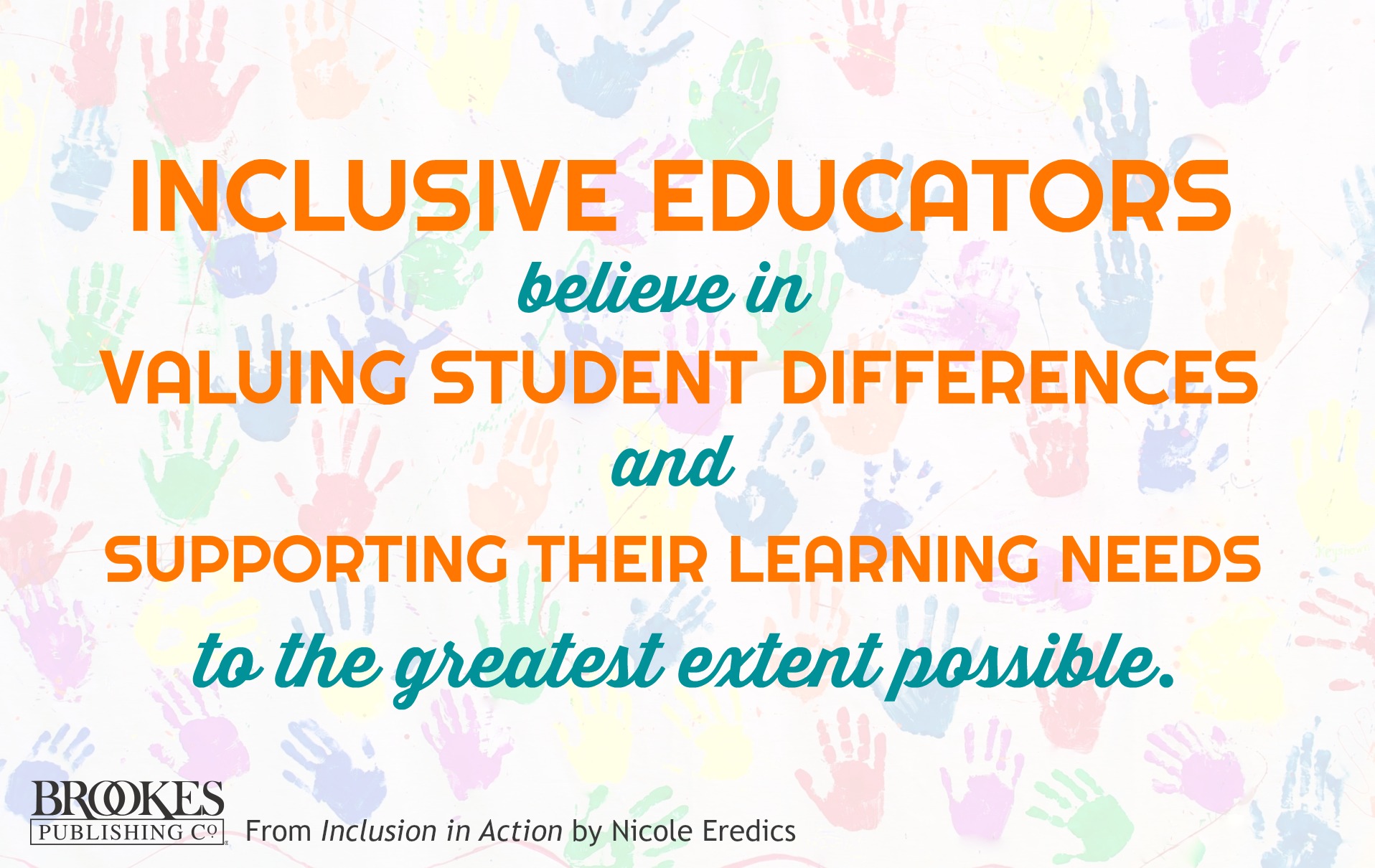
18 Things Authentically Inclusive Schools Do
May 26, 2020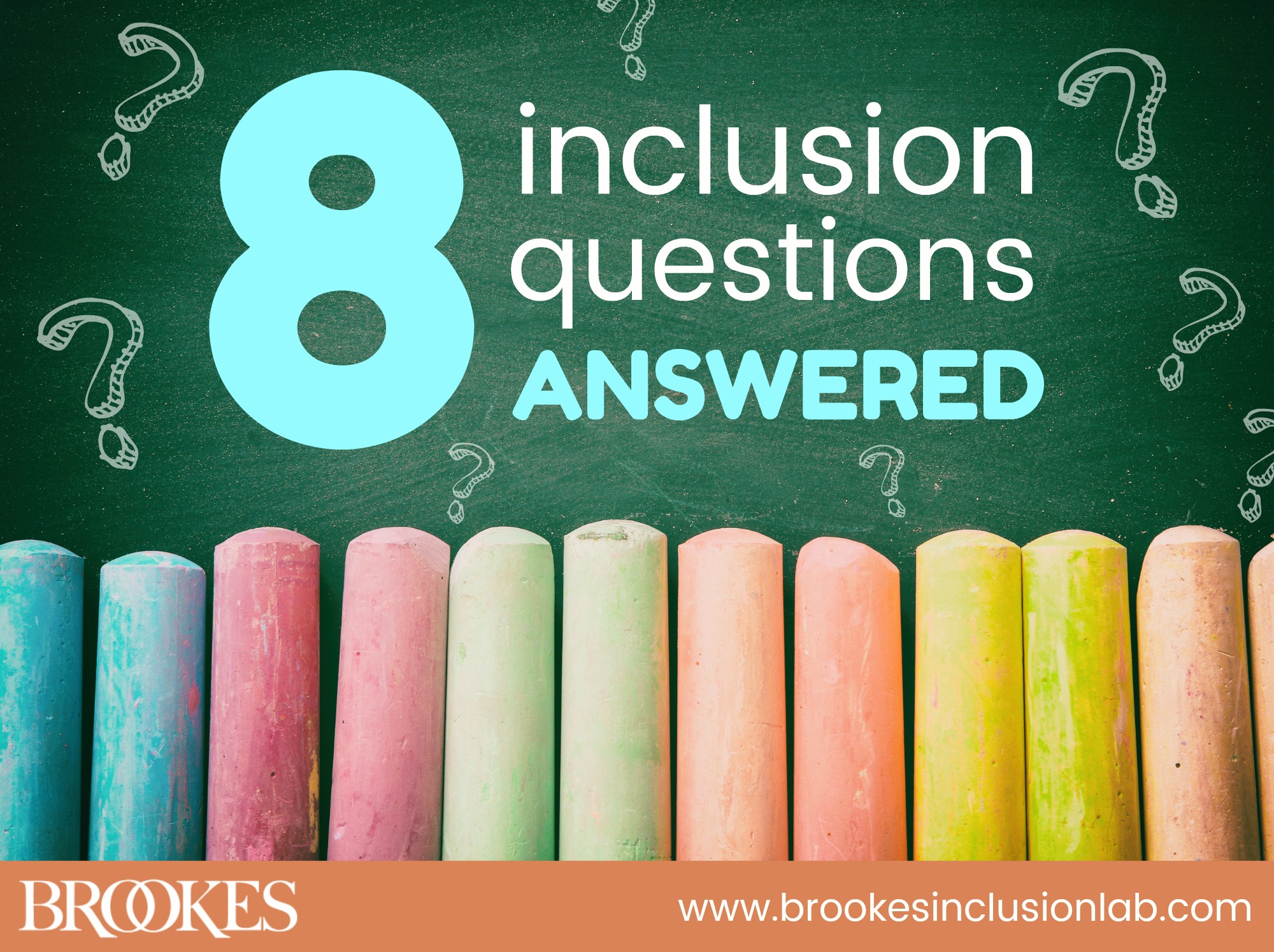

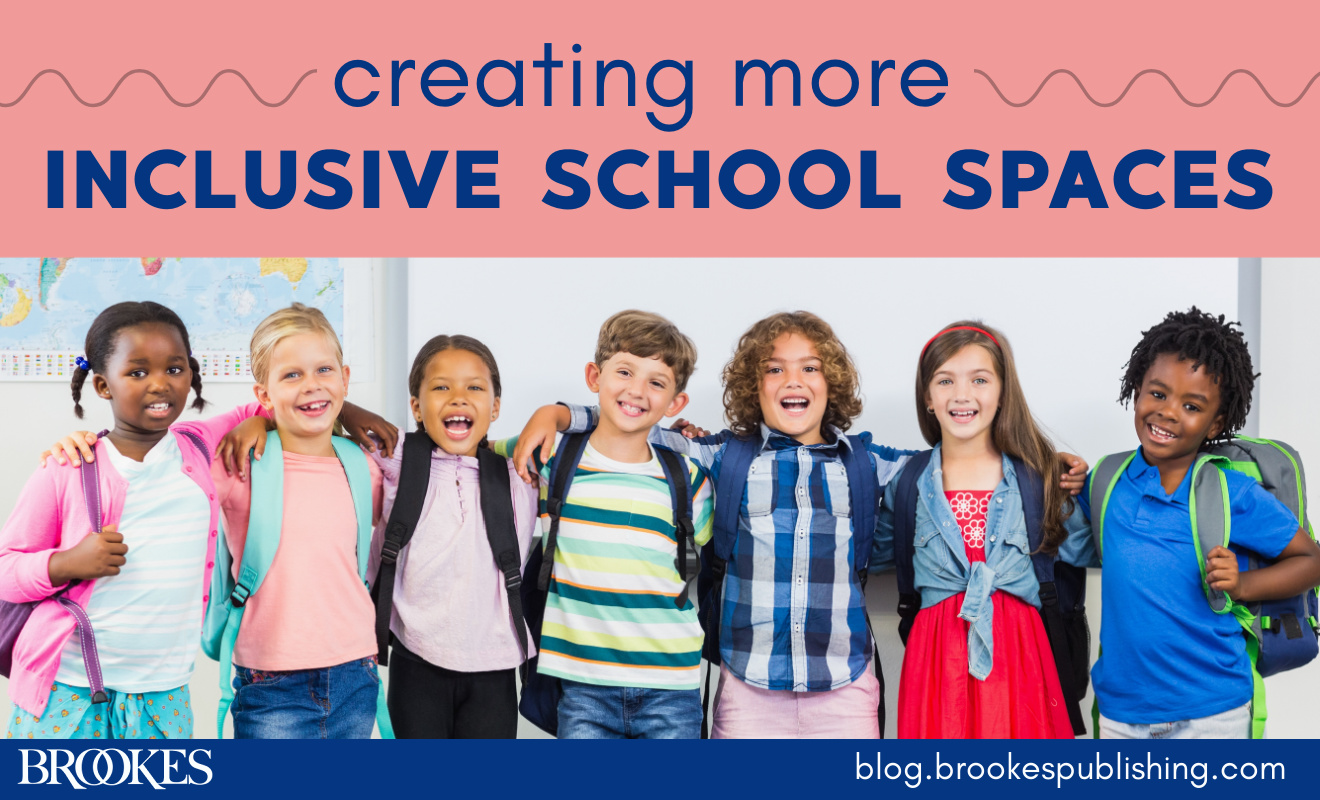

Write a Comment
Your email address will not be published. Required fields are marked *
Post a Comment